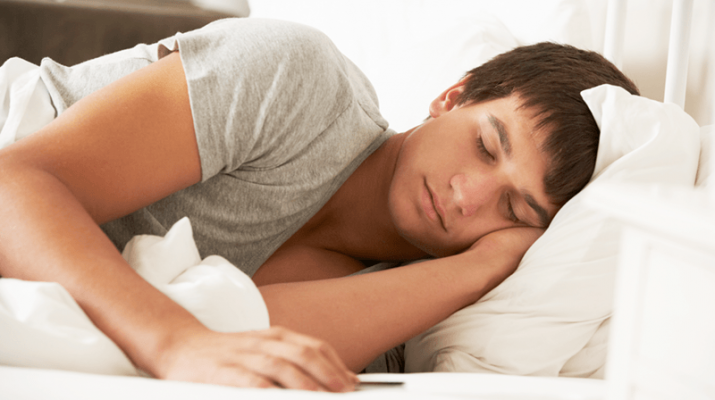How sleep medicine can help you catch more Zs
By Deborah Jeanne Sergeant
Have you wondered if a sleep lab could benefit your slumber?
Robert Newman, clinical coordinator of the night shift at St. Joseph’s Sleep Lab, offered an inside glimpse of what happens inside the walls of a sleep lab and how patients can benefit.
First comes a referral from a physician. Discussing symptoms like daytime sleepiness or suspected sleep apnea or restless leg syndrome can help the primary care provider determine if a referral is in order.
Patients undergoing a sleep study in the lab stay there overnight in a room set up like a hotel room to encourage good rest. They wear electrodes and leads head to toe so that the provider can take readings to study later.
“A lot of folks ask when they’re coming in, ‘Do people sleep here during the day?’” Newman said. “And it’s yes. It’s almost a 24-hour operation, minus two hours between shifts.”
About 40% of the sleep studies happen in patients’ homes and about 60% are in the lab. The location is largely driven by insurance.
In a couple of weeks, the results are compiled and the provider can meet with the patient to go over the results and as needed, pursue treatment.
Sleep apnea — a common complaint — is either obstructive apnea, where a patient tries to breathe but experiences an anatomical blockage or central apnea, where the brain fails to consistently signal the body to breathe. Sleep studies can determine whether they’re trying to breathe or not. Typically, obstructive sleep apnea is linked to excess weight, but people of any weight can experience central sleep apnea.
A continuous positive airway pressure machine helps. The CPAP machine works by pushing air into the back of the throat via a breathing mask.
“How high the pressure goes is based on when we start to see the apnea clear up,” Newman said.
CPAP is 90% successful for improving sleep in people to whom it is prescribed.
For patients who struggle with CPAP, a newer treatment, hypoglossal nerve stimulation, involves implanting a device under the skin on the right side of the upper chest to stimulate a nerve to push the tongue forward while sleeping. That prevents sleep apnea for those with obstructive apnea.
Providers may also recommend losing weight, exercising and better sleep positions. Sleeping on the back promotes sleep apnea, but pillows can help encourage side sleeping. Elevating the head of the bed helps with apnea.
Rapid eye movement (REM) behavior disorder may also hamper sleep.
“It’s for folks doing something a little odd, like acting out their dreams,” Newman said.
Patients may have narcolepsy — spontaneous and unwanted daytime sleeping — that disrupts restful sleep at night. The sensors used in the sleep lab can detect various stages of sleep to show providers how much restorative sleep patients get while resting.
With any patients struggling with sleep, sleep hygiene can improve the quality and quantity of rest.
“Sleep hygiene is a concept that a good sleep technologist tries to drum home,” Newman said.
While getting hooked up to the equipment, the technologist discusses maintaining a bedroom that is dark, cool and comfortable and wearing comfortable night clothing. The bedroom should free of stressors like clutter, bills and unfolded laundry. This area should be used only for sleep and intimacy. It also helps to limit caffeine and electronics before bedtime, as both are stimulants.
Exercising earlier in the day can and limiting napping can also promote better sleep.
“It’s so rewarding to have someone where we saw them at their worst and we can get them so their airway is open and they say they haven’t slept like that in 20 years,” Newman said.

